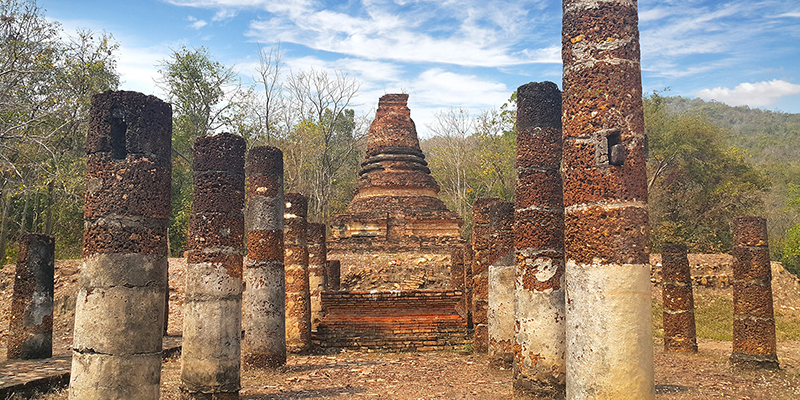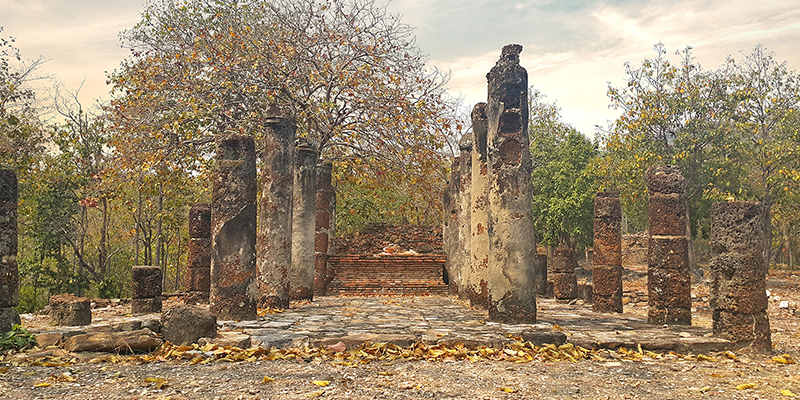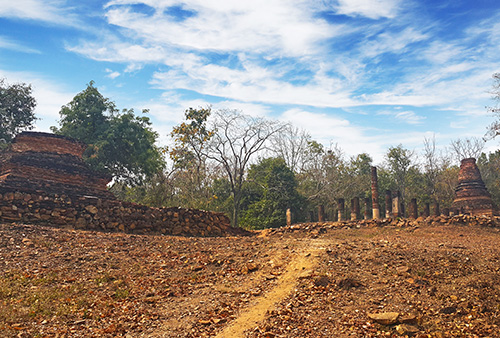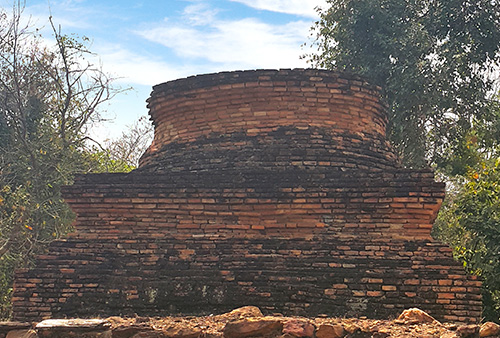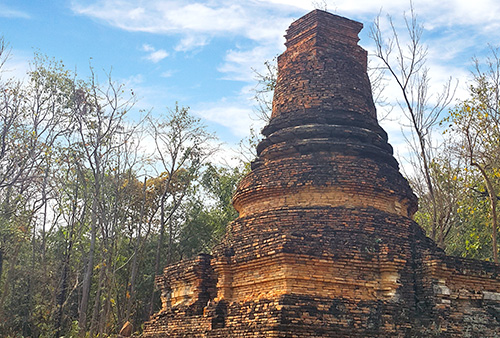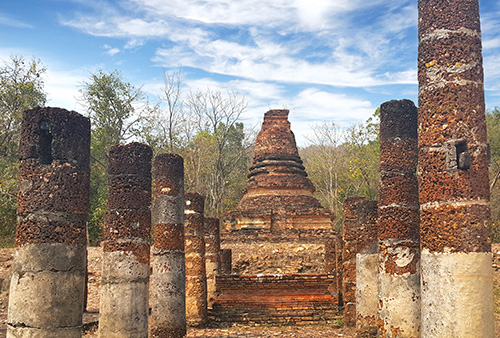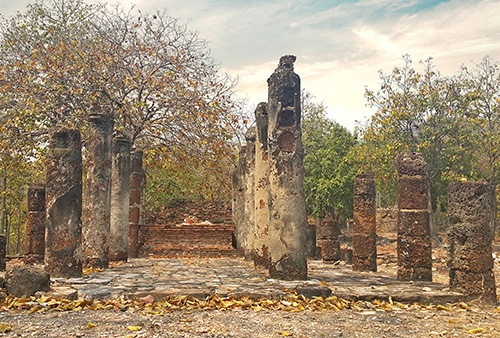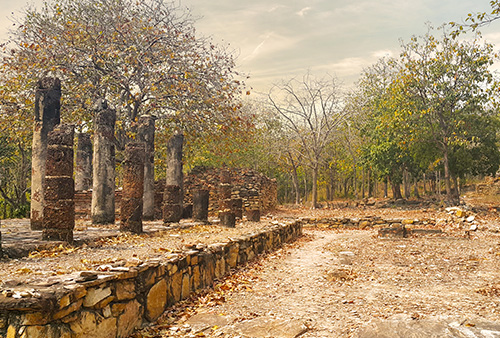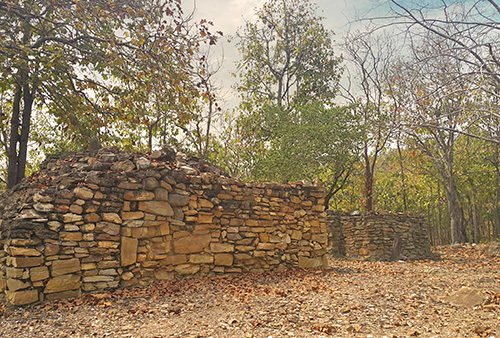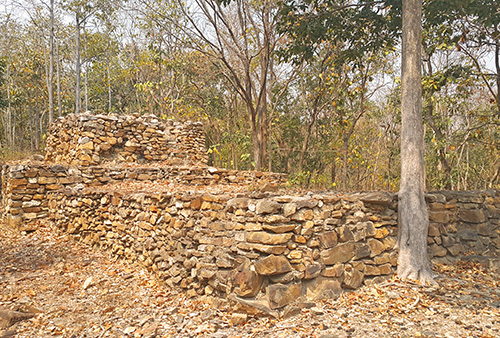Wat Tham Hib Bon- Hib Lang
Tales from Khmu people.
Both temples are located on low hills. On top of that hill, it is said that there was a small cave with a rock shed. It is a large stone-like ceiling that is facing in front of the cave. The monks often come to live here in the past. The villagers in the past called Wat Hib Bon that is nearby "Wat Tee Chao Pha," which means the monk's temple who loves to live in the forest.
